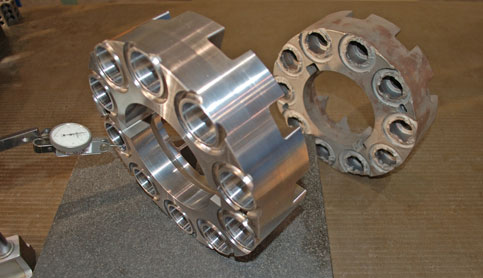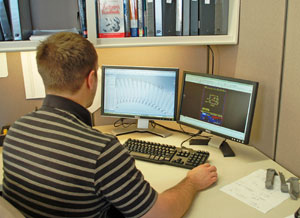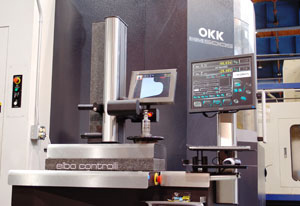
![]()
[Safety] [Quality Assurance]
[Inside Regenco]
archive copied from [http://regenco.mgi-servilink.net]
link
back to Tasker's Web Notes for Toshiba's PSD [West
Allis] Facility





|
|
    |
|
 |
Same parts, only better,
|
| Reverse engineering starts with a determination
of the exact material make-up of the original part. This is done using
positive material identification (PMI). In order to positively identify a
material without physically damaging it, we use a combination of tests
including a Niton Chemical Analyzer/X-Ray fluorescence, a scanning electron
microscope and hardness testing. In its truest form, the new part would be an exact replica of the original part. But, we go well beyond making an exact replica. Following our analysis and determination of the parent material, we determine if an exact match or an improvement in material or a dimensional design would be better. We discuss these options with you. Once a course of action is determined, we can program the specific dimensional information into our CNC machining equipment or machine the part manually as best fits the situation. Our vertical integration is the key to quick response in this area. We have engineering staff on site who are highly experienced in reverse engineering turbine/generator parts. Blade manufacturing is completed in-house. And, in order to ensure rapid turnaround of your blades, we maintain an extensive inventory of raw materials. |


